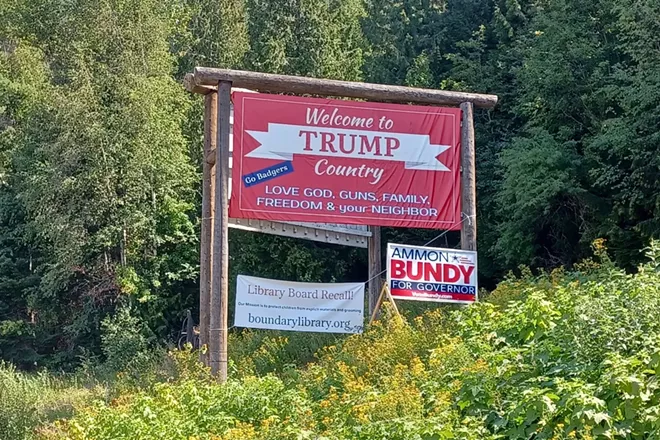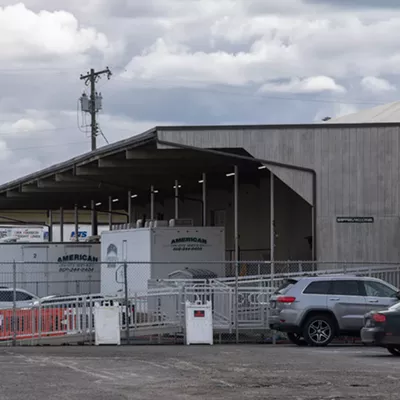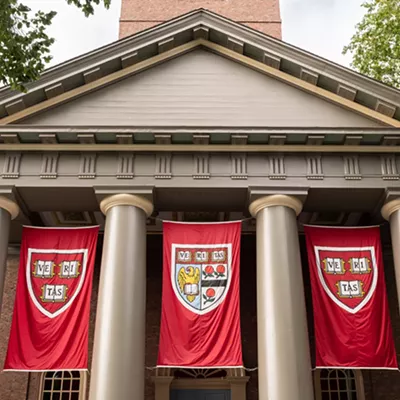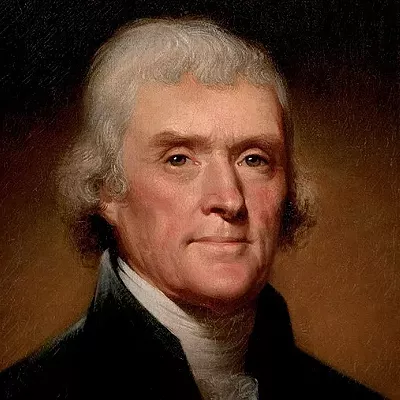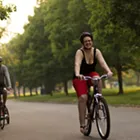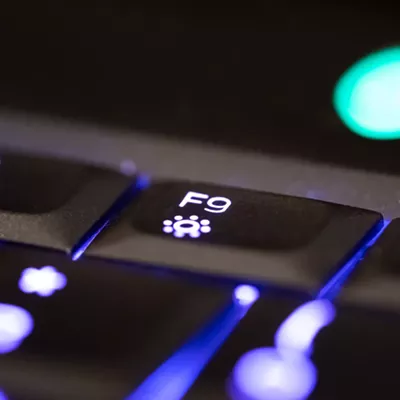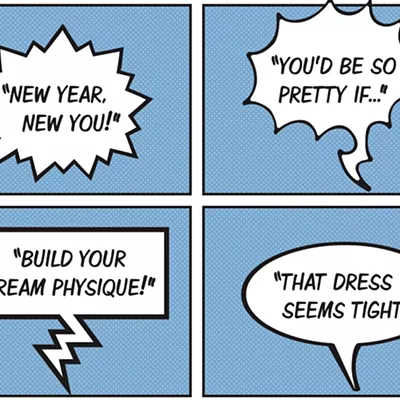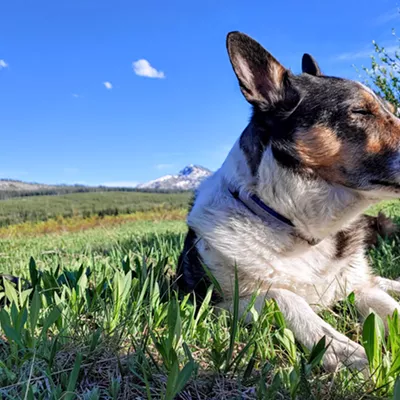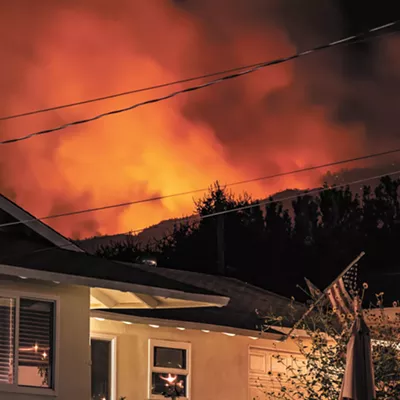Coyote lay as if the bullet stopped her mid-bound. Front paws reaching, head up, back legs bunched — springs that could uncoil at any moment and propel her forward. Her pink tongue hung between teeth white as the peaks around us. I saw her first at a distance and knew. This is Forest Service land, but there is a grazing permit. Whenever we have visited, we have always seen cows and their entrapments, cows and what an abundance of them has done to the land. We've walked the trails they made, trails that lead through rocks holding art painted centuries before cattle were brought here, before colonization.
Coyote lay in winter-brown grass at the intersection of two roads, the one we entered and would leave on and the one that drove the cattle farther downstream. The road we are on leads to a popular trailhead, a well-used campground, the petroglyphs. It is the silent season, but in two months the body of coyote will greet families and recreationists upon their arrival. But today, we are the only guests that pass by her. My partner slows the truck as I place a hand to my window and stroke her soft muzzle with my eyes. Across the road, on the other side of us, a white farmhouse with curtained windows. I trace the ghost of the bullet from the empty front porch, across a small lawn, over a white fence, then the road, and into her body. To the left of the house, a black dog tussles with a deer leg.
For the rest of the day, we walk the hilly meadow that was a Nimiipuu winter camp. The eldest of our two dogs, our prairie-colored dog, whose sight and hearing are diminished with age, runs with beautiful abandon.
"Don't let her get too close to the house," my partner says.
For the rest of the day we keep a hill between us and the shuttered eyes of the ranch house and the yells and yips of people on horseback as they drive a black line of cows downstream. I think of my years moving heifers, the necessary work of it, the quiet way we and our neighbors took to it. I recall the prairie dogs shot to keep cow legs unbroken and the way my father had us bury each one. I don't know why coyote was shot, or left where she was, like a warning. But to whom?
On the drive here, the purpose of the signs was more obvious. These in a town with a Native history as well. A town placed where salmon return and treaty rights remain. A town known for harassment, even hate. I recall a winter drive a few years ago, a gas station lobby where I stood inside telling the sheriff who had been chatting with the cashier that I worked in Indian education. The conversation turned quiet, as I was leaving the store, the sheriff tapped on the window, said, "I hope I don't have to fish you out of the river." Warning heeded, I never stopped in the town again.
On this trip, the sign read something like, WE LOVE GOD, GUNS, FREEDOM. AND OUR NEIGHBORS. Before and after that one were signs declaring what kind of books should be removed from the local schools, and others, in black and white: Salmon Lives Matter. When I shared a photo of the first sign, a friend asked if the business owner who posted it shouldn't have the same freedom to write as I do. They should. I wasn't asking for the sign to be removed; I was interested in who it was posted for and why it provided comfort for some, but for others, like myself, fear. A welcome sign for some is a no-trespassing sign for others — a way to know if you belong where you are about to enter. It feels like a political litmus test — presented as declaration, but used as a weapon.
Legitimate inquiry is so polarized that thoughtful discussion becomes impossible. I am the coyote and no matter my reason for bounding through that day, I don't get the chance to have a conversation; I don't get a chance to explain.
A welcome sign for some is a no-trespassing sign for others — a way to know if you belong where you are about to enter.
Coyote's body, when my partner lifted it, was supple. He placed her in the truck, the dogs neither cautious nor curious about the third canid in their midst. We drove a half mile, carried her up a steep slope to another flat beneath a hackberry tree and laid her against a warm lichen covered boulder. I sat next to her and watched the last rays of a Sunday make simple clouds holy. I stroked her mane and ears and spoke to her in an old language, sprinkled her with medicine words, sage and bitterroot.
Retracing our route, we pass again the town and its signs. I press my hand to the cold glass of the truck's window and wonder how it would be read. Did the eyes that saw me pass see a neighbor? When I pull my hand from the glass, a foggy imprint remains and then fades with the light of the town behind us. What remains ahead is in the dark, but it is a landscape we know. ♦
CMarie Fuhrman is the author of Camped Beneath the Dam: Poems and co-editor of Native Voices. She has published poetry and nonfiction in multiple journals including Emergence Magazine, Yellow Medicine Review and Poetry Northwest, as well as several anthologies. Fuhrman resides in the mountains of West Central Idaho.

